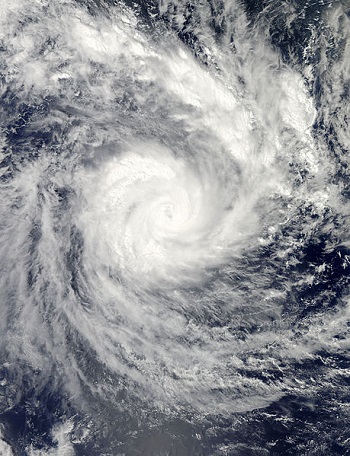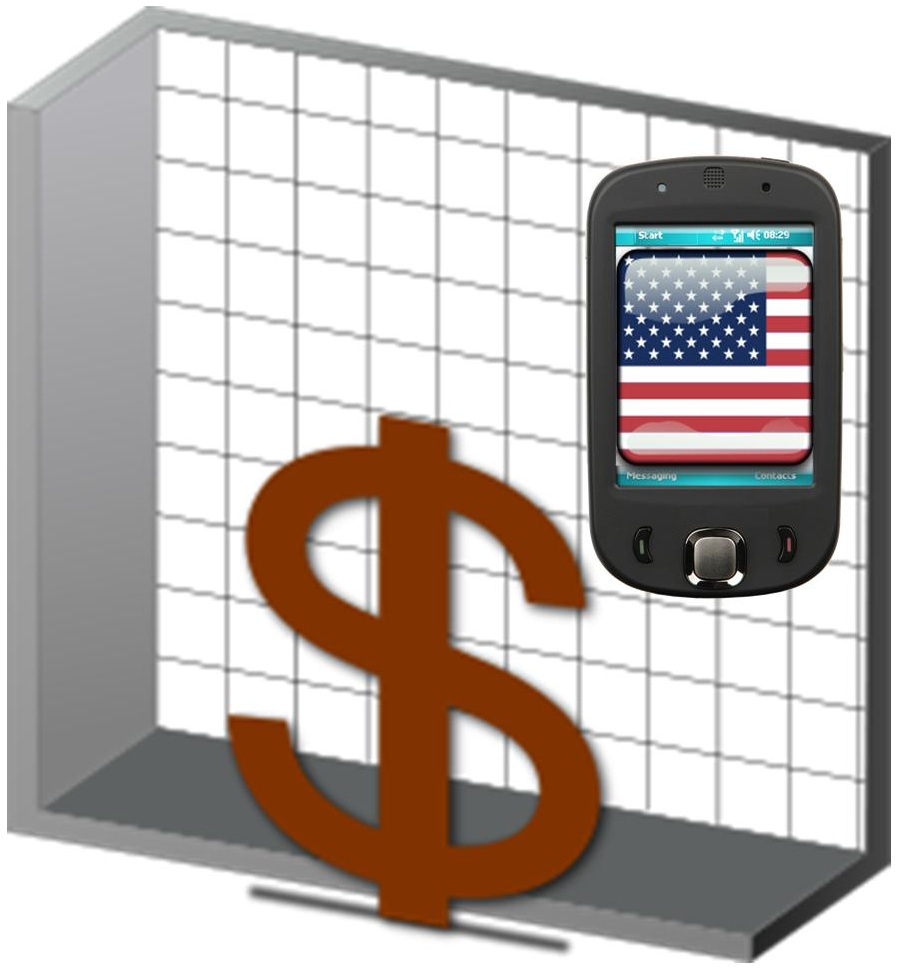Farmers and other people across the Pacific Island nation are using smartphones to purchase necessary supplies.
Despite the fact that almost two years have passed since Samoa was devastated by Cyclone Evan, the Pacific Island is still working to recover from the catastrophe, and mobile technology has been playing a vital role in this process.
During the worst of the storm, winds reached up to 105 miles per hour, whipping the sheets of rain.
The waves were 13 feet high and storm surges were driven by the powerfully gusting winds. The World Bank created a post-disaster needs assessment following the storm and it showed that it was the agricultural segment of the country that experienced the greatest devastation. Over 7,000 families on the country’s Upolu island lost their livestock, crops, and farming equipment. The loss of income continues to hurt the communities that were dependent on agriculture. Programs have been set in place to help to recover and many now include the use of e-vouchers and mobile technology.
Mobile technology has provided massive relief in a system that has been piloted by the government in Samoa.
 The program is based on the use of mobile device technology. Affected families have been provided with e-vouchers that can be used as payments for the replacement of farming supplies. The system works by transferring funds directly to the smartphones of the farmers, which have a special chip enabled within them.
The program is based on the use of mobile device technology. Affected families have been provided with e-vouchers that can be used as payments for the replacement of farming supplies. The system works by transferring funds directly to the smartphones of the farmers, which have a special chip enabled within them.
The system then allows those funds to be used for the purchase of over 5,000 specifically pre-approved “white listed” items that are sold from designated vendors. The items that have been authorized to be purchased by the farmers include building materials, as well as equipment for fishing and farming.
This represents the first time that the Pacific region has used this type of technology using mobile devices, and the practicality and cost effectiveness of the effort has been astounding. The risk of fraudulent use of the funds has been considerably reduced by linking the point-of-sale systems to the white listed products. Moreover, as it uses mobile technology, the electronic databases notably lower the need for paperwork. Those same databases also make it possible for improved and more reliable evaluation and monitoring of the program.

 Customers in Japan were the only ones who paid anywhere near that amount, last year. The majority of the countries surveyed in the report saw a monthly bill that was lower than $31 for their wireless services. Mobile subscribers in Poland, Brazil, Russia, China, India, and Nigeria all paid an average monthly bill that was less than $16.
Customers in Japan were the only ones who paid anywhere near that amount, last year. The majority of the countries surveyed in the report saw a monthly bill that was lower than $31 for their wireless services. Mobile subscribers in Poland, Brazil, Russia, China, India, and Nigeria all paid an average monthly bill that was less than $16.